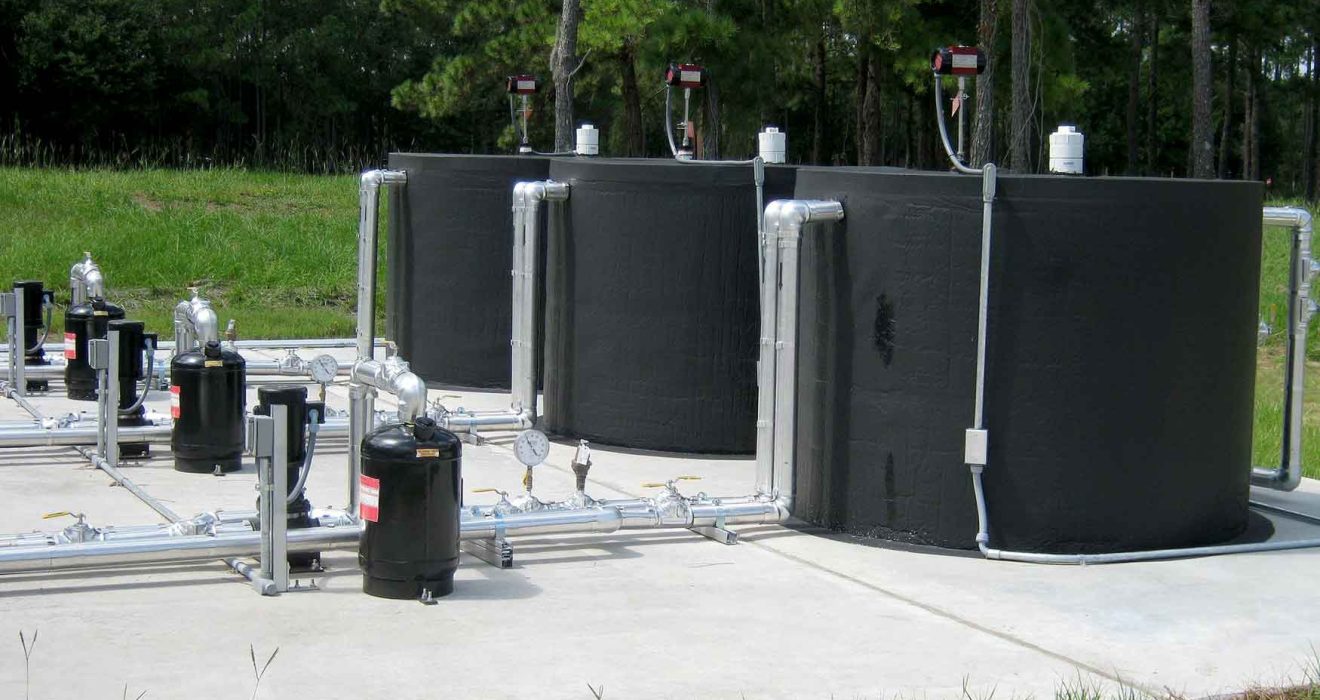According to University of Michigan research, devices that convert heat into electric energy are becoming more realistic for grid applications, with a 44% efficiency rating. This is a big step toward the theoretical ideal efficiency for such technology.
Revolutionary Heat Batteries:
Heat batteries emerged as a promising way to store intermittent renewable energy. These devices can store extra energy generated during peak hours. And convert it to power by utilizing a thermal variant of solar cells.
“As we integrate more renewable energy into the electric grid to accomplish carbon reduction goals. We need affordable, long-duration storage methods for energy because wind and solar power subsequent generations often vary with energy consumption,” stated Andrej Lenert, an assistant professor of the chemical engineering department at the University of Michigan and the associated author of the latest research published in Joule.
Working of Thermophotovoltaic Cells:
Exploring Thermo-Photovoltaic Technology:
Thermophotovoltaic (TPV) cells work similarly to photovoltaic panels (solar cells), except instead of converting more energy-efficient visible-light photons into electricity. They use lower-energy infrared photons. Photovoltaic cells are well known for their ability to convert daylight directly into electricity. On the other hand, TPV cells intended to capture thermal energy, making them useful for uses other than direct solar energy gathering.
The U-M team states that their novel TPV devices yield a power conversion ratio of 44% at 1435°C, outperforming earlier devices with 37% efficiency within the 1200°C-1600°C domain. This advancement takes TPV cells nearer to their potential effectiveness limits. It renders them a more attractive option for massive amounts of storage of energy and conversion.
“It’s a very passive battery,” said Stephen Forrest, the Peter A. Franken Honorary University Professor of the Electrical Engineering Department at the University of Michigan and the study’s contributing author. “Unlike lithium-ion cells, you do not have to extract lithium, which eliminates competing with electric vehicle manufacturers. Also, compared to hydroelectric energy storage, it can installed anywhere without requiring a local water source.”
Operation of TPV Cells:
To capture photons, TPV cells use a semiconductor substance. The photons are subsequently turned into electrical energy. The process starts with the generating heat of a storage substance, which produces thermal radiation. The TPV cells are intended to soak up this radiation and transform a large percentage of it into electrical power.
The primary problem in this technique is tailoring the semiconductor substance to successfully collect photons across a wide range of energies, particularly those matching thermal radiation generated by the source of heat. This entails carefully selecting and developing materials to achieve optimal energy conversion efficiency.
Practical Uses and Potential Impacts:
One of the most intriguing uses for TPV technology is incorporation into renewable energy networks. Renewable energy sources such as wind and solar power are fluctuating, producing energy at varying rates that may not necessarily correspond to consumption patterns. TPV-based heat cells can store extra energy during production-peak phases and deliver it when consumption is high, thereby flattening the demand-supply curve and assuring a consistent energy supply.
Besides grid storage spaces. TPV technology can be used in a variety of industrial operations. Industries including glass, steel, and concrete manufacturing generate large amounts of extra heat, which may be absorbed and transformed into energy using TPV cells. This not only enhances the efficiency of energy usage but also lowers overall emissions of carbon by maximizing the use of current energy supplies.
Technical Problems and Strategies:
Photon Managing:
One of the most difficult difficulties in the TPV technique is regulating the photons released by the heat storage medium. At 1435°C, the storing material emits photons with a variety of energies. Only 20-30% of these rays contain enough energy to create electricity in TPV cells. The objective is to capture and convert as many high-energy photons as possible while minimizing losses.
The U-M researchers solved this by improving the semiconductor substance used in TPV cells to increase the spectrum of photon energy that can be captured. Advanced materials science approaches used to fine-tune the semiconductor’s characteristics.
The Air Bridge Model:
To increase efficiency, the researchers created an innovative air bridge architecture. This design uses a tiny amount of air inside the TPV cell, just above the semiconductor layer, and a gold reflection outside the air gap. This arrangement traps photons with appropriate energy and directs them into semiconductors while bouncing non-useful rays back into the heating storage medium. This mechanism, known as photon reuse and recycling, makes sure the energy can be transformed into electricity many times.
“In contrast to solar power cells, TPV cells may recover or recycle photons that aren’t immediately useful,” noted Bosun Roy-Layinde, a doctorate student in the chemical engineering department at the University of Michigan and the study’s first author.
Environmental and Economic Consequences:
One of the key incentives for creating TPV technology is the ability to cut carbon emissions. TPV-based devices can help reduce dependency on fossil fuels by providing a dependable and efficient way to store and convert renewable energy. This is especially crucial for achieving global decarbonization targets and minimizing the impacts of climate change.
Along with environmental advantages, TPV technology can provide major economic benefits. The expenses of integrating renewable energy can reduced by enhancing the reliability and effectiveness of energy storage. This can result in cheaper energy prices for households and businesses, boosting economic development and maintaining stability.
Conclusion:
The Michigan State University of Michigan’s advances in thermophotovoltaic battery technology and heat batteries represent a critical step toward feasible, efficient energy storage options for the renewable grid. With continued advances and the possibility for additional efficiency gains, such technology aims to play an important part in reaching sustainable energy and decarbonization ambitions.
As research improves and TPV technology approaches commercialization, it has the potential to alter how we store and use renewable energy. By addressing fundamental obstacles and leveraging novel designs, the University of Michigan team is establishing the road for a more resilient and environmentally friendly energy future.

